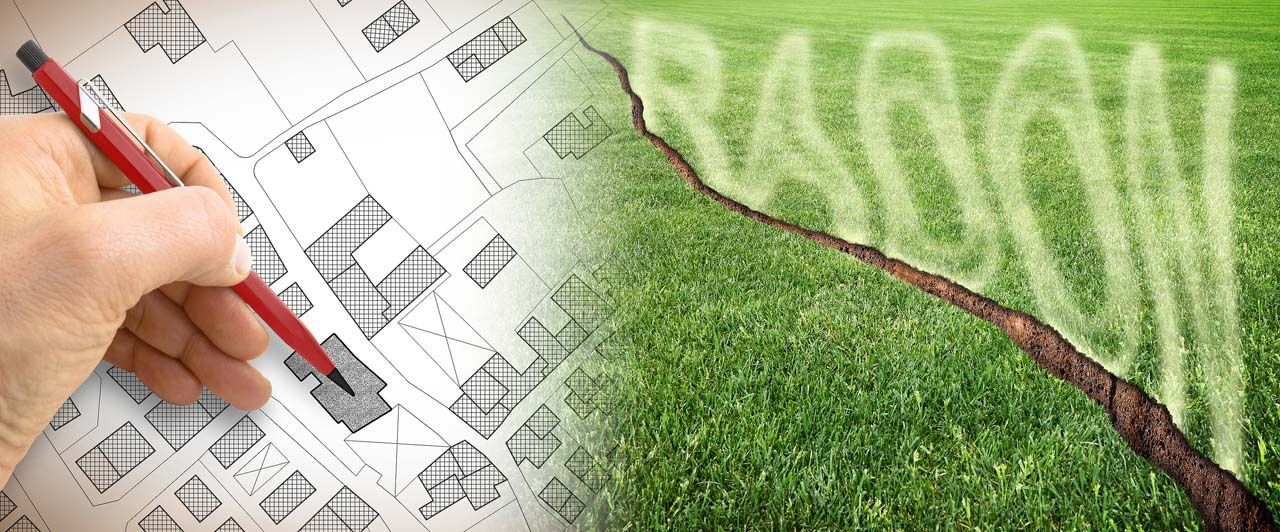Radon is a colorless, odorless radioactive gas that occurs naturally in the soil. The gas moves through the soil and finds its way into a home through cracks in the foundation and openings around basement walls.
Nearly one out of every 6 homes in New York State has elevated radon levels. A greater portion of homes have elevated radon levels in areas that have been designated as radon high risk areas. These include the Central New York counties of Cortland, Chemung, Steuben, Allegany, Tioga, Broome, Madison, Yates, Schuyler, Herkimer, Lewis, Tompkins and Cayuga.
According to the United States Environmental Protection Agency, radon is the second leading cause of lung cancer, resulting in an estimated 21,000 lung cancer deaths each year in the United States. The combination of smoking and radon is an especially serious health risk. By quitting smoking and reducing the radon level in your home, you can reduce your risk of getting lung cancer.

The only way to find out if you have a radon problem is to test your home. Even if your neighbors have tested their homes and received low radon level results, it is important for you to test your own home, because radon levels vary from house to house. Testing for radon is simple and inexpensive. Radon test kits are available from the New York State Health Department or may be purchased in hardware and discount stores. If your home's radon level is high, a second, short-term test should be conducted to make sure that the results are accurate. If the second test still indicates a high radon level, you should seek the advice of a certified radon mitigator. Names of mitigators can be obtained from the State Health Department's Radon Program. If necessary, these certified professionals can install a radon mitigation system to reduce the elevated radon levels. For further information, call the New York State Radon Program at 1-800-458-1158.
Contact CNY Coalition For Healthy Indoor Air today to learn more.
